What Your Sleeping Position Says About Your Emotional State

Whether you’re snuggled close to your partner or sprawled across the bed like you own it, your body language during sleep can reflect hidden insecurities, independence, affection, or even a desire for control. In this article, we break down twelve common sleeping positions and what they might say about you emotionally—so get ready to learn what your nightly posture is trying to tell you.
1. Fetal Position
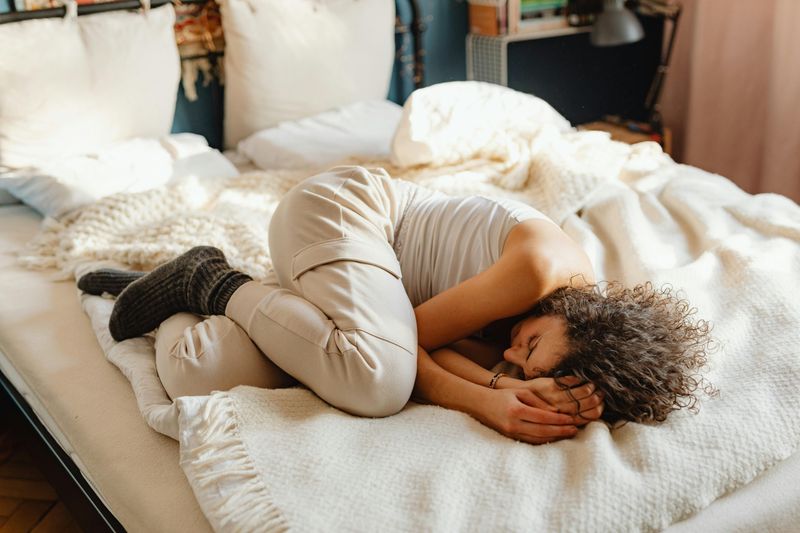
Curling up tightly on your side with knees pulled toward your chest often signals a deep need for emotional protection. This position is the most common among sleepers, particularly those who are sensitive at heart.
People who favor the fetal position might appear tough or guarded in their waking lives but are often quite vulnerable underneath. They may be dealing with anxiety or seeking comfort in response to stress. This sleeping posture mimics the womb and provides a subconscious sense of safety and retreat from the world’s pressures.
2. Log Position

Resting straight on your side with arms relaxed along the body suggests a naturally trusting nature. Log sleepers are typically sociable and easygoing individuals who like to go with the flow.
Their open posture reflects a comfort with themselves and others, but it may also leave them more susceptible to being taken advantage of. These sleepers are often seen as dependable and likable, although their trusting disposition can sometimes make them appear naive to those with less-than-pure intentions.
3. Yearner Position

Stretching the arms out in front while sleeping on the side tells a story of desire and determination. Yearners are dream-chasers—emotionally invested in what they want, but cautious about how they get it.
These individuals often take their time making decisions, weighing every angle before they commit. Once they choose a path, however, they rarely look back. This posture hints at a personality that’s open to emotional experiences but isn’t quick to trust without reason.
4. Soldier Position
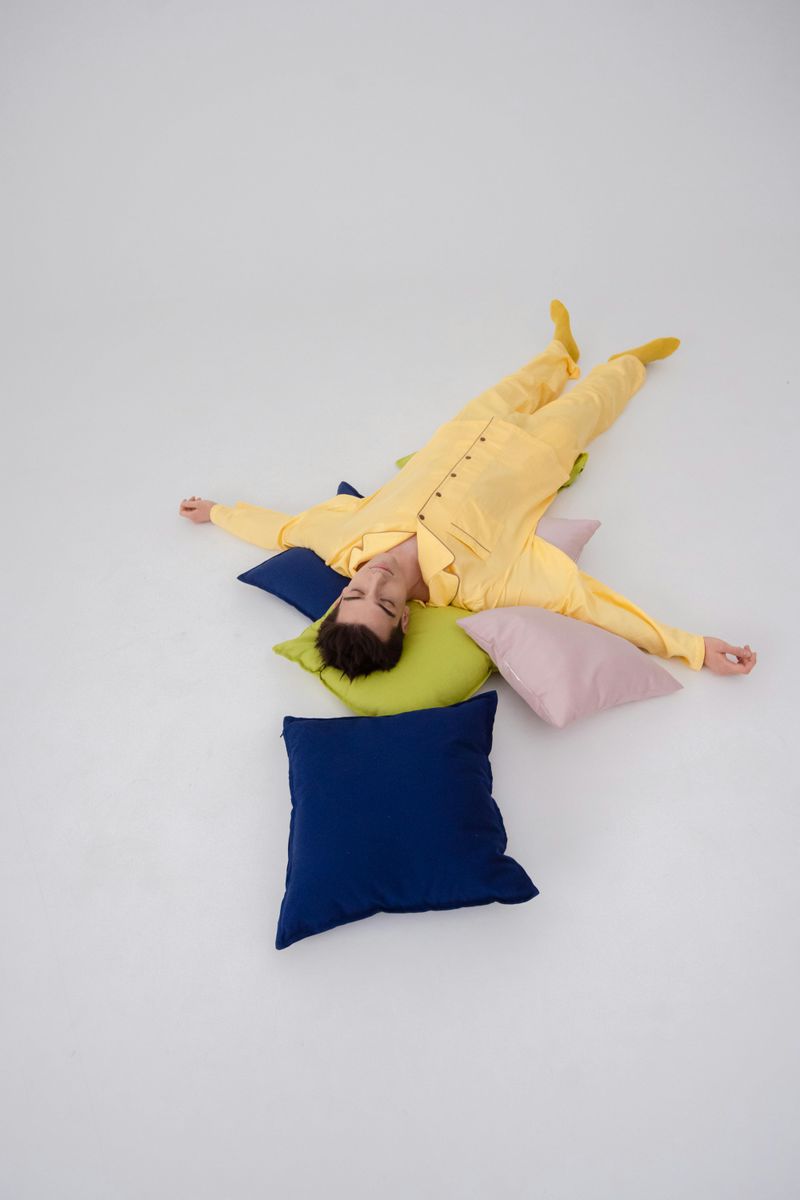
Lying on the back with arms by the sides shows a sense of discipline and emotional control. Soldier sleepers are often introverted, reserved, and prefer structure in their daily lives.
They may be uncomfortable showing vulnerability and tend to bottle up emotions. Because they set high standards for themselves, they can be overly critical or hard on others. This position can also reflect a calm and grounded nature—someone who approaches life with logic rather than emotion.
5. Starfish Position
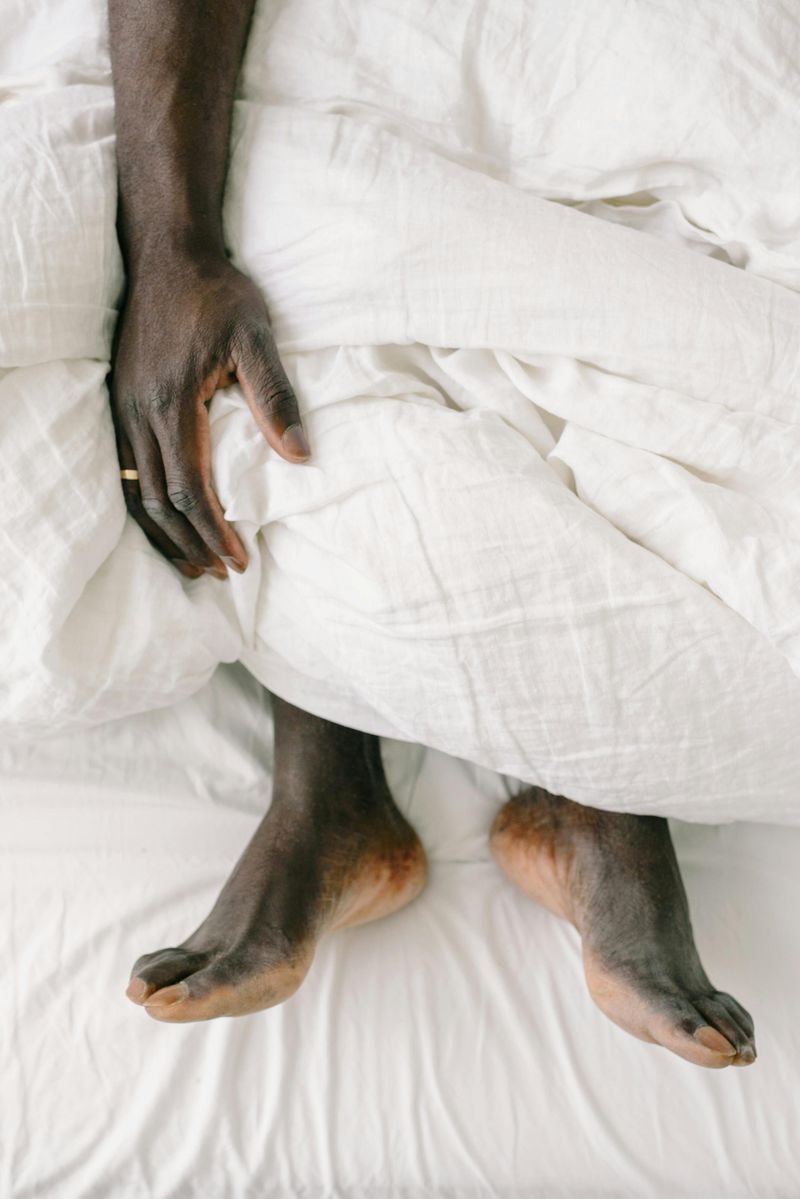
Sprawling on the back with arms near the head portrays someone who is emotionally generous. These individuals tend to be open-hearted, supportive, and are the friends everyone leans on.
They often prefer to listen rather than speak, creating emotional space for others. This position also reflects a need for freedom and comfort in their surroundings. While their selfless nature is admirable, starfish sleepers can forget to tend to their own emotional needs in the process.
6. Freefall Position

Stomach sleepers who rest with their head turned to the side and arms gripping the pillow may seem bold but harbor hidden insecurities. This position is linked to high-energy, brash personalities who may secretly crave reassurance.
Emotionally, freefallers often struggle with vulnerability and dislike criticism. They value control in both relationships and their environment. Despite their confident exterior, they might be wrestling with anxiety or uncertainty beneath the surface.
7. Spooning (Couples)
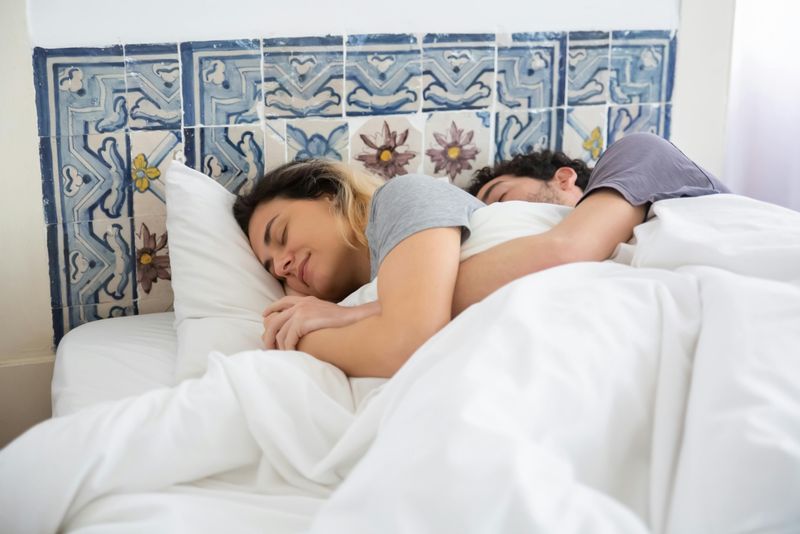
When one partner wraps around the other from behind, it reflects a deep emotional connection and the need to nurture or be nurtured. The act of spooning offers both physical and emotional warmth.
The person behind (the big spoon) is often more protective or emotionally assertive, while the one in front may be more open or trusting. This position highlights a need for security in relationships and a desire for closeness and affection.
8. Back-to-Back (Not Touching)

Couples who sleep back-to-back without physical contact often enjoy strong, independent emotional bonds. This position is common among people who are emotionally mature and trust each other fully.
They feel secure in the relationship without needing constant reassurance. While some might misread this as emotional distance, it often reflects a healthy balance between intimacy and autonomy, showing that each partner values their personal space and independence.
9. Cradle Position

Resting a head on a partner’s chest while being embraced points to vulnerability, intimacy, and emotional safety. It’s a gesture that says, “I trust you to protect me, even while I sleep.”
This position is often seen in relationships with a deep emotional bond. It shows that one partner finds comfort and reassurance in the other’s presence. People who sleep like this often seek emotional depth and are not afraid to show their softer side.
10. Tangled Position
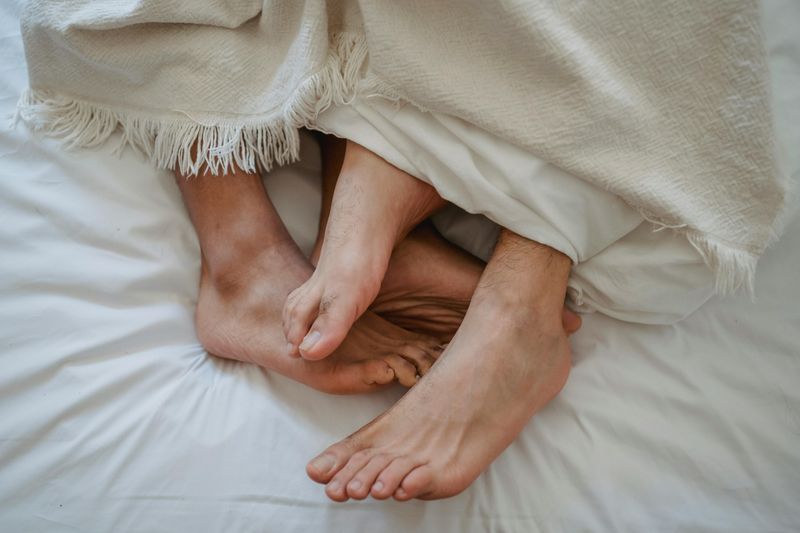
Partners sleeping completely intertwined show a relationship that is emotionally intense. This position is most common during the early stages of romance or during periods of emotional need.
While it suggests passion and connection, it can also signal codependency or a lack of boundaries. Emotionally, these couples crave closeness, but they may also struggle with individual identity or fear separation.
11. Back Sleeper with Arms Crossed on Chest

Crossing the arms over the chest while lying on your back may hint at emotional self-protection. This position is structured, almost defensive, and suggests a person who values control and order.
Emotionally, these individuals may resist change and are uncomfortable with vulnerability. They prefer to process emotions privately and may struggle to let others in. This posture reflects a need for predictability and emotional safety.
12. Tummy Sleeper with One Leg Bent

Lying on the stomach with one leg bent to the side suggests a playful and unpredictable emotional nature. These individuals are often free-spirited and spontaneous but may struggle with emotional consistency.
They dislike being confined, whether in relationships or routines. This sleeping style indicates someone who thrives on independence but can also be emotionally elusive, often reacting to situations based on mood rather than logic.

Comments
Loading…